Social Media And Human Trafficking: The Importance Of Digital Hygiene
- Published: June 16, 2022
- Category: Innovative Tools for Combating Trafficking
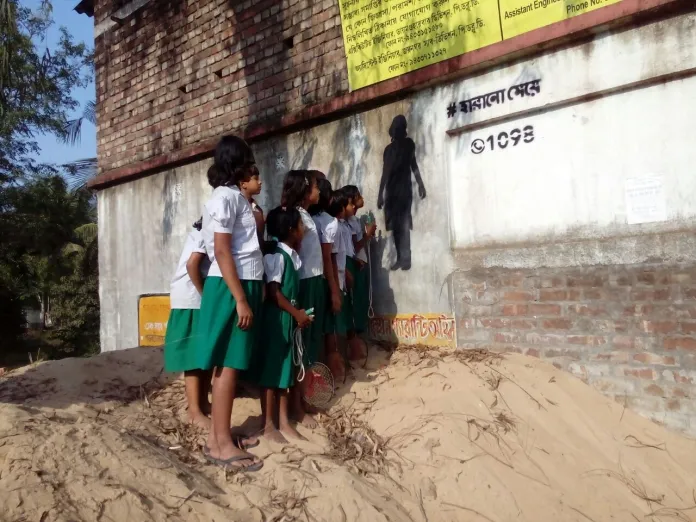
In 2020, the Institute of Governance, Policies & Politics (IGPP), in association with Social Media Matters (SMM) and Youth Online Learning Organization (Yolo), conducted a survey on social media usage amongst young adolescents. The data highlights that 85 percent of young adult users have access to smartphones and 80 percent of this population uses social media, averaging about 5 hours a day. Interestingly, in the adolescent age group, of 13 to 18, Instagram and Snapchat are the preferred platforms.
Paradoxically, despite an overwhelming youth presence on social media, most young adults remain unaware of their privacy rights and the dangers of being lackadaisical in their social media engagement. Nearly 30 percent of respondents admitted to having shared sensitive information online. This is an alarming number when one puts it in the context of the large population of young social media users. India has 290 million active social media users who spend the majority of their screen time on various social networking websites. Teens and adolescents constitute 31 percent of this population. Meaningful dialogue on social media usage is incumbent as the digital space emerges as the new arena of trafficking crimes.
Technology: Precaution is your best tool
While earlier, traffickers resorted to kidnapping via an admixture of coercion and emotional manipulation, such as promises of marriage, yet these transactions often occurred conspicuously, the advent of social media has radically changed the set-up in which the trafficker now operates. The United Nations Office on Drugs and Crime (UNODC) has shown how victims are being targeted and recruited via social media and online dating platforms where personal information and details of people’s locations are readily available.
“There is a close connection between the intensification of the trafficking trade and the onset of the pandemic. Covid-19, pushed people into the ambits of their homes, globally. On one hand, mobile phones became easily accessible for prolonged times with young kids and on the other hand, the enhanced connectivity made them easily accessible to traffickers”
Sanya*, a counsellor with a Mumbai-based school explained the psychological makeup that goes behind trafficking. “It is important to understand that most young people don’t understand the implication of what they are leaving behind and thus it’s easier for them to walk away. On the other hand, the way traffickers operate is by a combination of ‘grooming’ the target victim and isolating them. Grooming refers to the process by which a trafficker slowly initiates relationship-building with a potential victim, which ultimately culminates with the trafficker either luring them into a meeting or pushing them to send explicit images; often by this point, the children are deep in the web of this abuse and find it difficult to back out.”
Tiphanie Crittin, a UNODC Crime Prevention and Criminal Justice Officer, underlining the adaptability of the modus operandi of traffickers noted, “Traffickers are currently using technology to profile, recruit, control and exploit their victims as well as using the internet, especially the dark web, to hide illegal materials stemming from trafficking and their real identities from investigators.” In the concluding statement, UNODC remarked that, today, the internet provides easy access to a much larger group of potential victims because traditional physical and geographical limitations no longer exist.
Missing, India’s foremost public art and education organisation working to prevent sex trafficking, sums up the paradox of easy accessibility to technology, “The more we are connected, the more vulnerable we become.” The data that backs this stark picture is even more concerning, for Missing’s fieldwork underlines that 77 percent of adolescents targeted by online predators are of age 14, and 22 percent are between the age of 10 and 13.
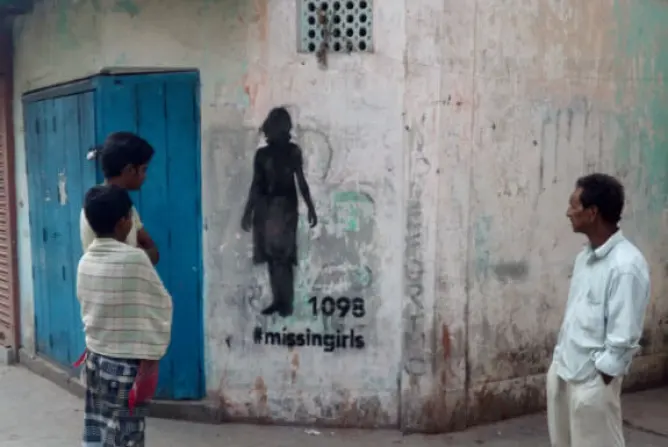
Changing digital landscape and the catalyst of change
There is a close connection between the intensification of the trafficking trade and the onset of the pandemic. Covid-19, pushed people into the ambits of their homes, globally. On one hand, mobile phones became easily accessible for prolonged times with young kids and on the other hand, the enhanced connectivity made them easily accessible to traffickers.
Data released by Childline India Foundation corroborated the trend of intensification of trafficking. Tiphanie Crittin, dilating on the link between the pandemic and intensification of trafficking trade, added, “Containment measures to control the spread of the virus meant that people spent much more time online, especially children since schools were closed. We have seen an increase in child sexual exploitation materials created and shared online during the pandemic.”
The trafficking trade sustains the ease of availability of child sexual exploitation material, as children become unwilling and non-consenting participants in sexually explicit content. Added to the easier accessibility of young children to social media due to containment within homes, the increased incidence of trafficking is also caused by making them emotionally vulnerable in wake of the loss of either one or both parents during Covid-19, making these young kids prone to the modus operandi of the new age trafficker.
How do young adults view the world of social media?
Social media offers immense possibilities to network and engage in various pursuits. For young adults, it is a window to the world that opens up resources, connections, and forums for intellectual and emotional growth. Adolescence is also an age of turbulence and self-realisation, making the introduction to social media a complex experience.
Shubham Aggarwal, a 23-year-old data analyst with a Bengaluru-based ad-tech firm, explained the process on how the friend-suggestion algorithm works. “You get a friend suggestion, as far as Facebook and Instagram are concerned, via three ways, one is that your contacts on social media will pop up as suggestions, secondly, your friends’ friends, based on how connected they are to your current friend-network, will pop up in your friend suggestions and finally sometimes anonymous users with which you do not have anything in common, will show up in your recommendation because you may have browsed similar content.”
On whether social media is safe or not, Shubham noted that technology and its predominant presence in our lives poses a novel threat. “Facebook and Instagram, while recent, have updated the filters of accessibility, making it somewhat difficult for anonymous people to reach out, same cannot be said of Snapchat, which is notorious in these regards. Young children should be cautious about what they post and in which circles they post. A good way for practising digital hygiene is to ensure not to make a post ‘public’ and accept requests from people they do not closely know.“
Also read: Seeking Justice For Survivors Of Human Trafficking

Image: Coconet
Understanding the pulse and first-hand experiences of adolescent users is essential to chalk out precautionary measures against online exploitation. A few young adults from Delhi, Kerala, and Bengaluru were interviewed to further this objective.
Bijosh, 17 years old, a first-year student of computer science in Bengaluru, mentioned that he started using social media when he was a fifth grader. A long-time social media user, who also is a computer science student, and thus has the vocabulary to voice his concerns said, “I think when I was young and I had just started using Facebook, I would accept and send friend requests from anyone and everyone. As I grew old and became more aware of the security and data concerns, I have been a little warrier and err on the side of caution.”
On being asked if social media giants can do anything to make the experience better for the user, Bijosh remarked that “suggestions” and the consequent exposure to strangers can be a cause for concerns about exploitation, particularly when talking about younger children.
Joseph, a thirteen-year-old student at St. Patrick’s Academy, Angamaly, Kerala, upon being asked what he thinks of social media and his usage of it, said, “It is very tempting to always be on social media, because there are so many fun things to do. But since we become invested in the digital space after a significant passage of time, our filters are diluted and we may get carried away into fraudulent scams.” When asked what he thinks is daunting about social media, Joseph notes that he finds anonymous accounts disturbing. He suggests that some kind of reliable regulation that helps people to identify whether a user is real or fake would be good.
“Digital hygiene practices that respect the privacy of adolescents but also ensure a safer presence for them in social media spaces are essential in this context. Digital hygiene as a term was coined by Dr. Eduardo Gelbstein in 2006, in the book Good Digital Hygiene. Good digital hygiene entails the use of protection against viruses, using passwords and maintaining protocols while using electronic devices, and ensuring that the user does not make it easier for hackers, or malware to attack their private information”
Prisha, a class twelfth student from Delhi explains how social media became a part of her daily routine. “I started using social media at the age of sixteen and it quickly became a necessity, a part of my day. From keeping up to date with what your friends are up to, to keeping in contact with friends abroad, it’s my gateway to the rest of the world. But there is a dark side to social media too, with cyberbullying and trolling, it can be a breeding ground for negativity. In the past two years of using social media, I have faced these things, ranging from receiving questionable texts from unknown people to scandalous messages, even from a known friend, which led to poor mental health. Now, looking back at these instances, I feel that if I had been educated on these topics, I would have dealt with them more maturely.”
Prisha’s experience is not a standalone one. Often, young adults engage with social media, with a certain degree of secrecy and privacy when it comes to disclosure to parents. Parents, who are often wary of children’s social media usage, leave children with no trusted, empathetic adults in their life, to provide the necessary reassurance and guidance.

Sanya cautions about adolescent engagement with social media, noting that social media may add to peer pressure. The tendency of young adults to imitate social media trends may lead to low self-esteem, fear of missing out, and disturbed mental health.
Upon being asked if social media giants can do something to make these spaces safer for children, Shubham remarked, “I think there are a couple of ways to go about it, one could be to disable the ability to make posts public, until a person reaches adulthood. Similarly, algorithms can be developed in a way that perhaps keep younger users outside the search ambits of mainstream adult users, this would be doubly beneficial, for on one hand, it would prevent exposure to age-inappropriate content for younger kids and on the other hand, limit unwanted access of older adults to young children.”
Sanya seconds the need for better regulation of content accessible to young children, particularly sexually explicit content, which can be harmful.
Protecting children: A joint venture between home, State, and social media
Trafficking is driven and premised on a double engine where potential victims are lured in by a complex social, psychological and material web, which comes together to tempt them into the world of traffickers. The trafficking trade, on the other hand, exists to fulfill a demand, created particularly by the buyers of sex. In this industry, there is a fetishization of the young girl child, creating demand for their trafficking. In this market then, young girls emerge as a “niche and valuable commodity”, who must be “procured” at any cost.
Tina, a 14-year old girl from Darjeeling went missing one night and was found in Delhi. MARG, an NGO, which initiated an investigation in the aftermath of Tina’s disappearance figured that Tina had recently lost her mother, was living with an alcoholic father, and had met Rajan, a young man who lured her with the promise of a better life in Delhi. Tina was not kidnapped by Rajan so to say but manipulated into this trap. Rajan was nowhere in the picture, as far as the physical trace of this process was concerned. New age trafficking looks a lot like this, where the abuser is nowhere in the picture and the victim is the focus of the narrative.
Luring, manipulating and grooming targets into trafficking happens a lot more via social media, and online spaces have increasingly become the touch points for such criminal activities.
Advocate Ravi Kant, President of Shakti Vahini, an organisation that works to strengthen women and child rights in India says, “Traffickers use the anonymity which the internet provides, to find safe havens where they will not be caught. In that sense, the internet has enabled exploitation by facilitating traffickers. But if the law enforcement becomes active, cyber tools can be used to track them down. The cyberspace is a necessary avenue in today’s world, and I am not against it. We must ensure cyber security and make the internet a safe, productive space, especially for adolescnents, who are vulnerable to trafficking.”
Social Media, in this transaction, often emerges as a bridge between the victim and the trafficker, allowing them ease of access. It is important, then, for parents and young adolescents to communicate about the use of social media.
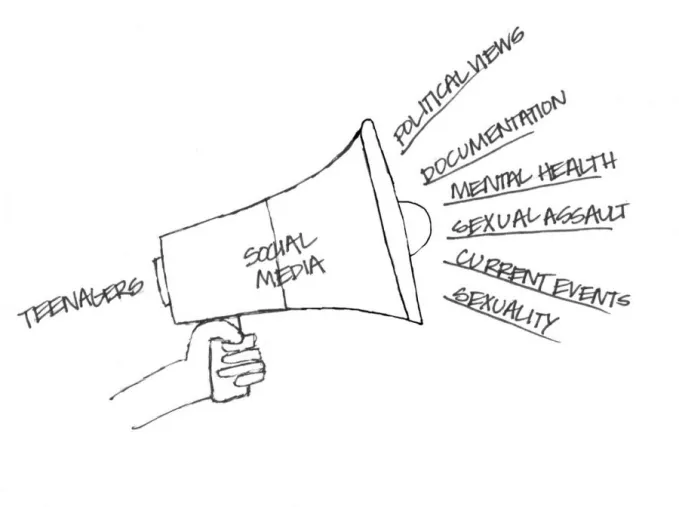
Image: Panther Prints
Digital hygiene practices that respect the privacy of adolescents but also ensure a safer presence for them in social media spaces are essential in this context. Digital hygiene as a term was coined by Dr. Eduardo Gelbstein in 2006, in the book Good Digital Hygiene. Good digital hygiene entails the use of protection against viruses, using passwords and maintaining protocols while using electronic devices, and ensuring that the user does not make it easier for hackers, or malware to attack their private information.
Education, systemic recognition of digital life as an inseparable facet of our daily functioning, and targeted awareness initiatives are also very important to caution young adults while using internet-based platforms.
The other side of the coin requires social media giants and the state to engage in meaningful dialogue with all stakeholders to make the digital space more transparent, safe, and hygienic. Digital security and hygiene, particularly in the case of adolescents, are extremely important as we move from the world of cyber-reality to the virtual reality.
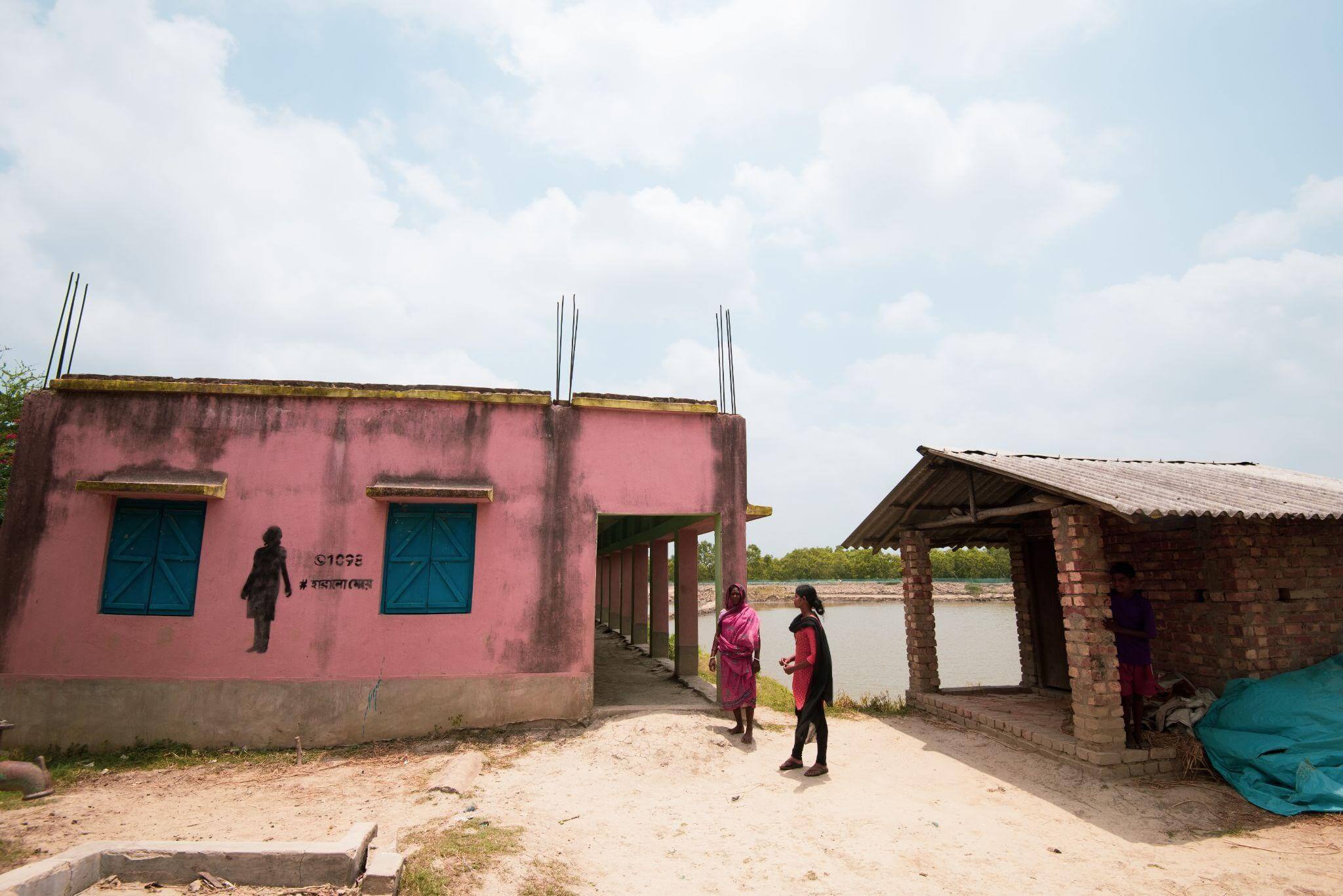
Trafficking And Its Economic Costs – To The Society, The State And The Individual
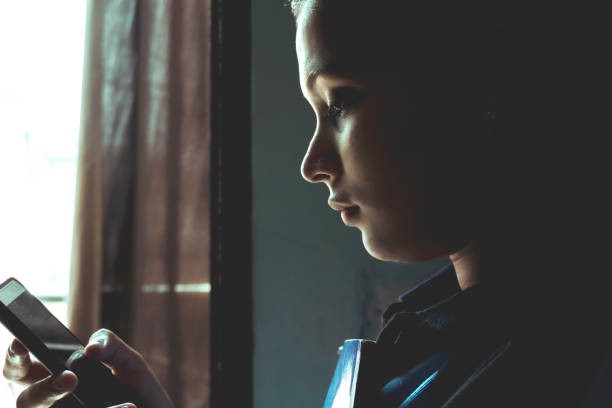
Addressing The Mental Health Concerns Of Adolescents Within The Anti-trafficking Space
